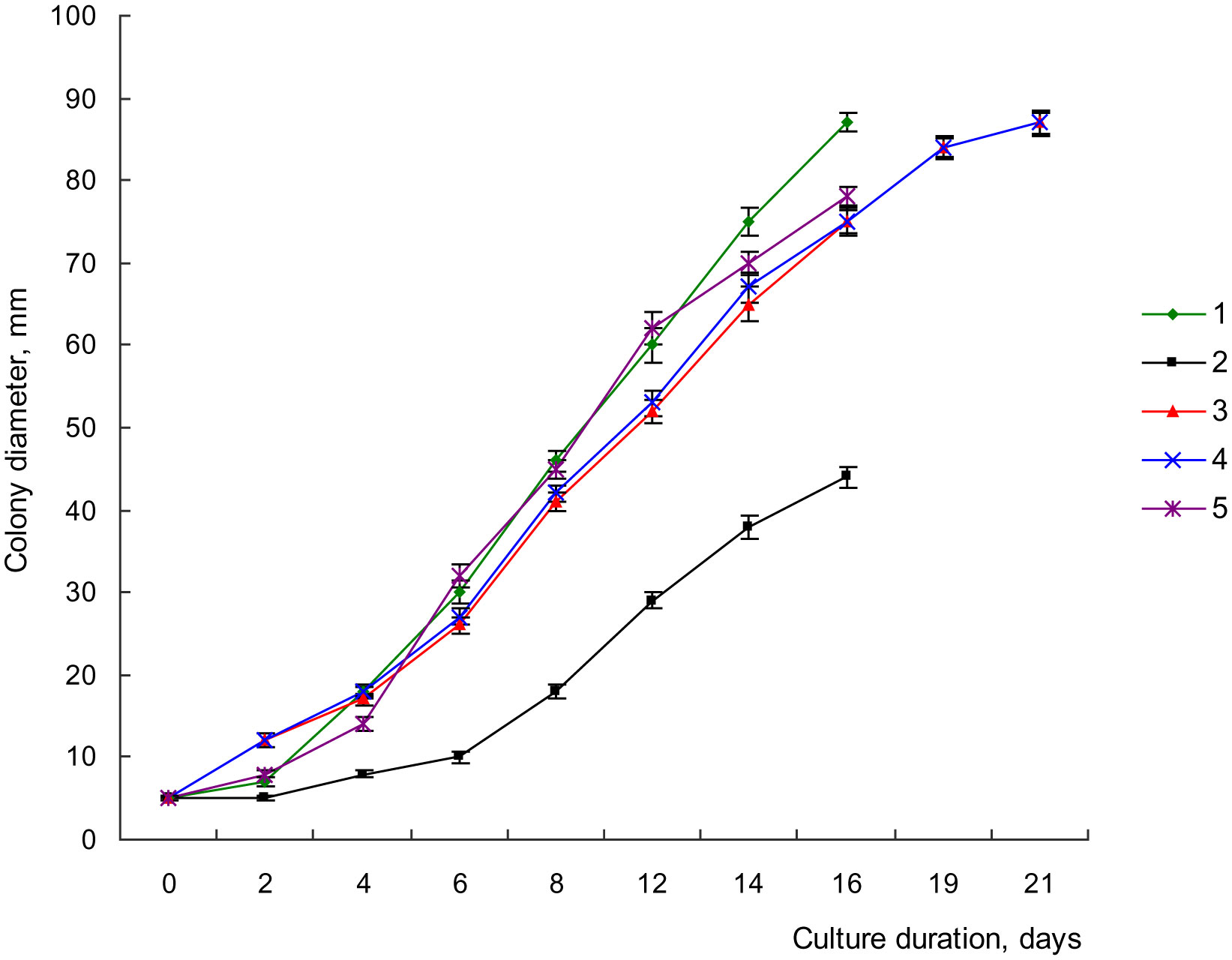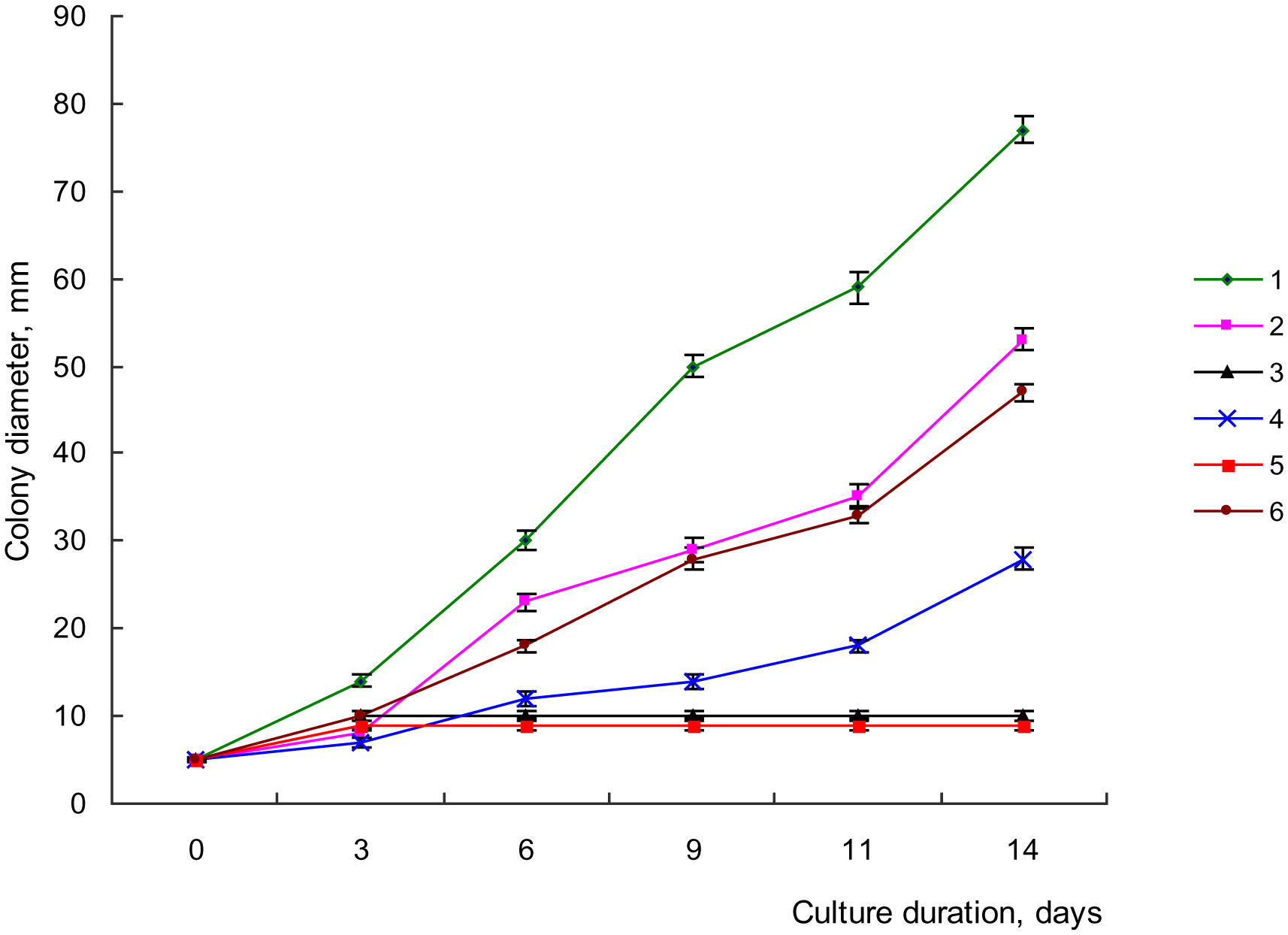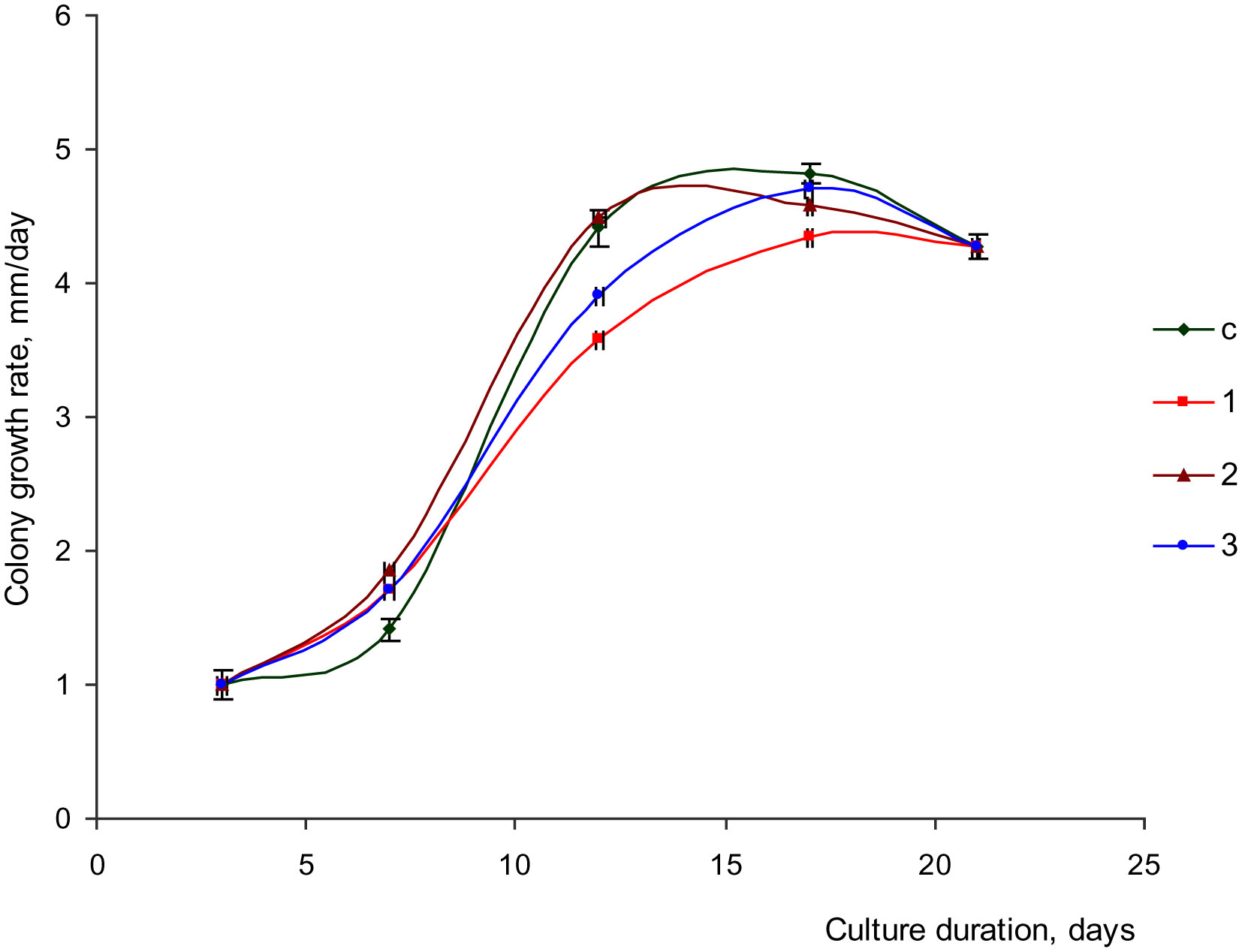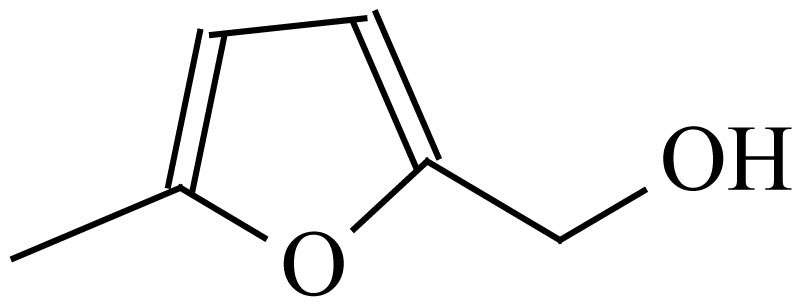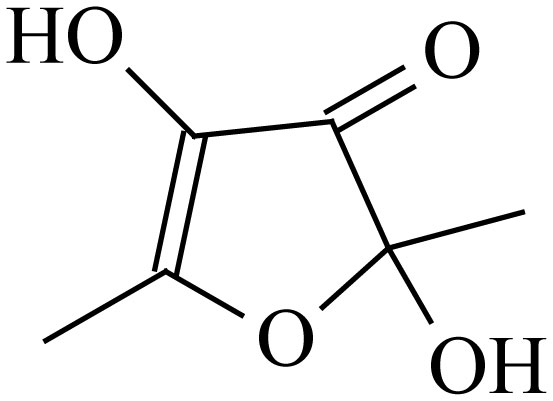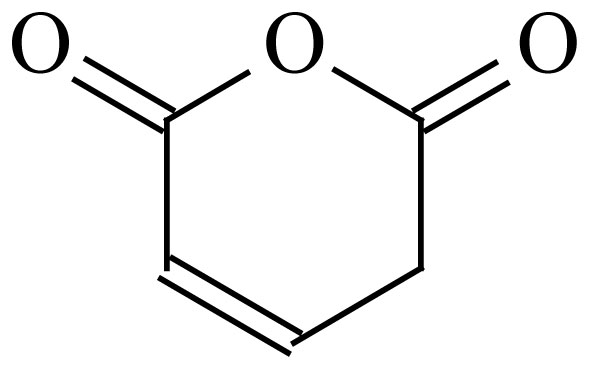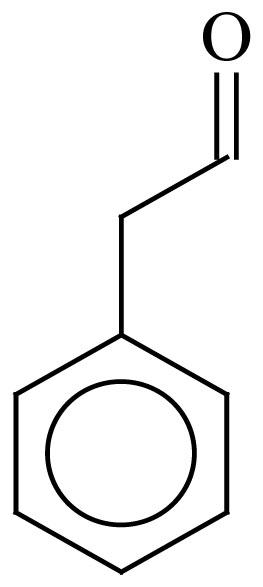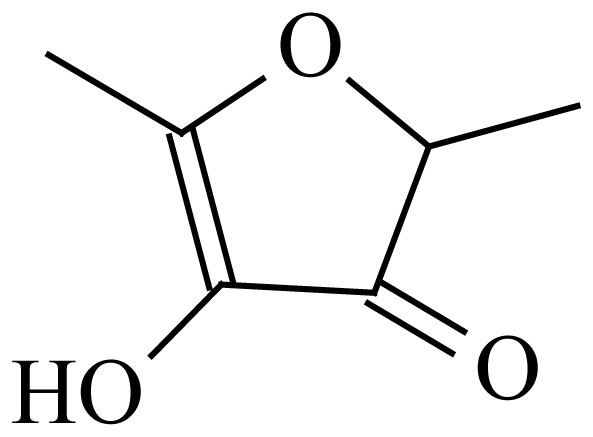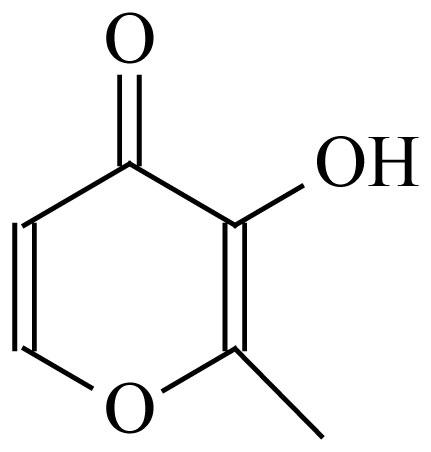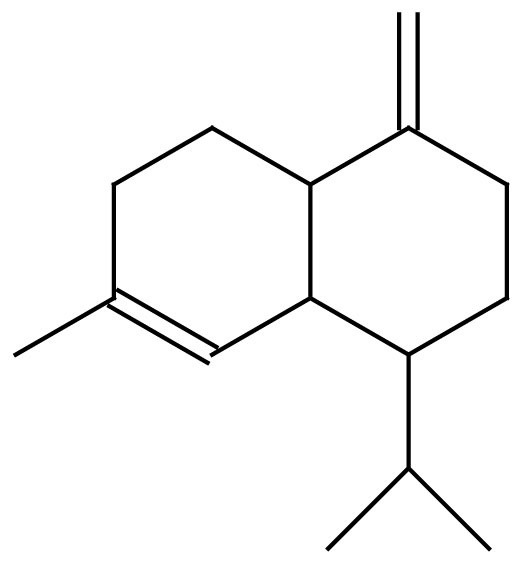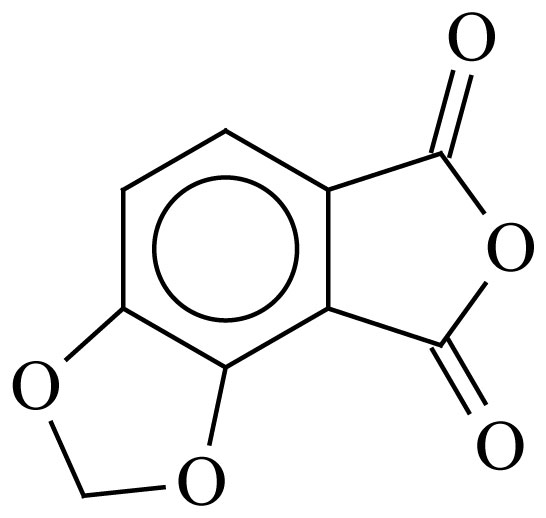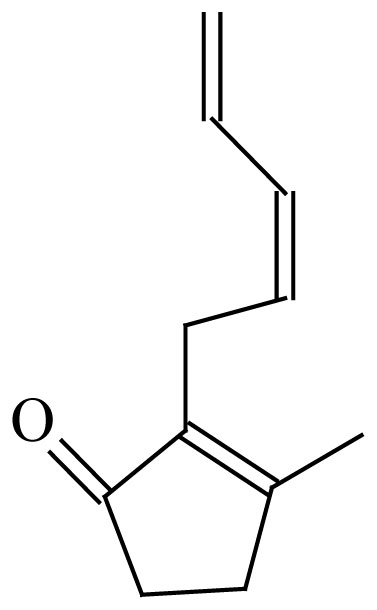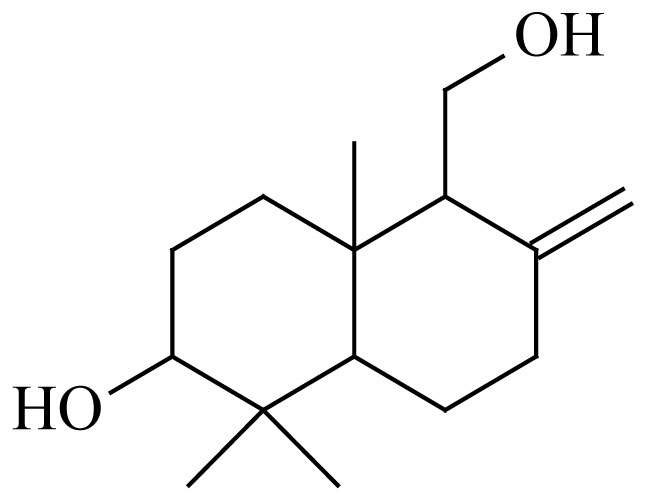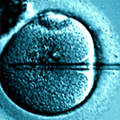To develop environmentally adapted products, there is a necessity of getting information about the environmental impact of acridone derivatives commonly recognized to possess a variety of biological activities. Acridones are widespread in nature, but the issue related to the acridone series compounds effect on mushrooms still remains practically unstudied. Fungi are a group of living organisms very interesting in theoretical and practical respect. One of the first macrofungi to be cultivated at large scale was the basidiomycete Lentinula edodes (Berk.) Pegler, otherwise known as shiitake. Research into the character of the mode of action of acridone-based substances on various living systems is necessary to elucidate the possible unfavorable biological consequences and to improve measures on their ecological safety. This work reports on the effect of acridone, 1-carboxyacridone, and acridone-N-acetic acid on shiitake mushroom agar culture. Chromato-mass spectrometric analysis was performed in the mode of gas chromatography with mass-selective detection (GC-MS) to follow the decomposition of acridone and its carboxy derivatives by L. edodes culture in solid-state fermentation. The results obtained testify to the relative ecological safety of these substances for mushroom organism, and to the mycelial growth promoting capability of acridone-N-acetic acid at favorable concentrations under these culture conditions. The next step toward the investigation into the systems “macromycete - acridone series compound” has been made.
1.
Introduction
Compounds from acridone series integrate multiple technologically useful properties. Acridones (=acridin-9(10H)-ones) are ketones of tricyclic molecular-skeleton parents having an N-atom at the 10-position and the keto group at the 9-position. Different areas of the acridones application include chemical synthesis and industry (dyes, indicators, labels for fluorescence detection [1]–[3], etc.), as well as valuable semiproducts for synthesizing numerous biologically active compounds [4].
Acridone derivatives are widespread in nature, commonly occurring in a number of genera of the family Rutaceae [5],[6]. Synthetic analogs of acridone alkaloids and other therapeutic derivatives bearing acridone fragment in their molecules have been successfully obtained and examined. All of that became a basis for synthesizing the effective medicinal preparations [7]. Numerous antiviral and immunomodulating medications are known, e.g. preparation Neovir [8], preparation Cycloferon [9], preparation Anandin [10]. The substituted triaryl heterocyclic compounds, including acridines and acridones, are investigated as potential anti-herpes agents. Acridones bearing substituted carboxamides and bulky 9-amino functionalities are able to inhibit Herpes Simplex-1 and/or Herpes Simplex-2 infections [11].
A large group of naturally sourced alkaloids with proven anti-inflammatory effects [12] comprises different substances of acridone series, including few compounds of fungal origin (from lower fungi) [13]. Natural acridones are considered as potentially valuable cancer chemopreventive substances [14]. Arborinine (1-hydroxy-2,3-dimethoxy-N-methylacridone) and the simpler plant alkaloid 1-hydroxy-N-methylacridone showed rather high cytotoxicity towards human KB (mouth cancer) cell lines [15]. Acridone carboxamide analogues displayed an improved capacity to induce accumulation of doxorubicin in resistant MCF7/Dx cancer cells [16]. Contemporary biochemical research implementing the acridone ring containing molecules are directed to synthesize compounds with the ability to exert anticancer activity by interacting with multiple targets [17],[18]. Anti-allergic [19] and antifungal properties of more recently examined acridones [20] extend a list of known biological activities of these agents. These plant alkaloids are also promising plant protecting agents (pesticides) [21].
Acridone carboxylic acids' derivatives attract great attention as analytical reactants, fluorescent labels, as well as antitumor and antiviral agents [22]. Studies by T.N. Kudryavtseva with co-workers aimed at the preparation of biologically active compounds of acridine-9(10H)-one (acridone) series [23] have lead to the synthesis of new acridone derivatives with antimicrobial activity against some pathogenic microorganisms. Therewith 2-9-oxo-10(9H)-acridineacetic acid (acridone acetic acid), and 9-oxo-9,10-dihydroacridine-4-carboxylic acid (4-carboxyacridone), were used as the starting materials [24]. Acridone-N-acetic acid is one of the most effective compounds among the inducers of endogenous interferon, which are a new class of antiviral, immunomodulatory, and anticancer drugs [4],[25]. Acridone, acridone-N-acetic acid and carboxyacridone, the research of which presents practical interest [26], are involved in our work.
Therefore, owing to a variety of biological activities and great technological importance, synthetic analogs and precursors of acridone alkaloids deserve their thorough investigation. The spectrum of the biotest-systems examined with the acridones should be extended over the representatives of macrofungi, since the latter are ubiquitous in nature, and humans has been consuming mushrooms for ages. Edible mushrooms appreciated for their taste and nutritional value were used since ancient times [27]. Apart from being a source of food, mushrooms have been attracting attention as a source of bioactive agents for manufacturing numerous dietary supplements and medicines [28]. For obtaining efficiently the mycelial biomass and fruiting of edible mushrooms, binary fungal-bacterial cultures could be also applied. Recent data gained on the joint cultivation of mushrooms with growth-promoting bacteria [29] are indicative of high potentialities of this fermentation technique. However, mushrooms have not been studied in-depth [27], hence there is an ample opportunity to exploit different edible mushrooms aiming to identify their biotechnological potential.
Collectively, all the aforesaid evidences that more comprehensive evaluation of various acridone-containing agents' hazard in ecosystems could be provided by the testing technique based on laboratory-cultivable, thus undergone standardization, important for biotechnology, test-objects to which edible macrofungi should be undoubtedly assigned. The present study was performed as a step to achieve the aim of elucidating and characterizing the cultural and biochemical response of Lentinula edodes mushroom to the presence of carboxy containing acridones.
2.
Materials and methods
2.1. Research subject
The culture of xylotrophic edible-and-medicinal basidiomycete Lentinula edodes (Berk.) Pegler (shiitake), strain F-249, from the collection of Mycology and Algology Department of Lomonosov Moscow State University (Moscow, Russia) was implemented for exploring the effect of acridone, 1-carboxyacridone and acridone-N-acetic acid on mushroom. Stock cultures were maintained on a wort (4 Brix) agar slants, subcultured few times a year, and stored at 4 °C.
2.2. Cultivation conditions
For inoculum preparation, fungal strain was initially grown on wort (4 Brix) agar medium in a Petri dish, and then transferred into the seed medium (of the same composition) by punching out 5 mm of the agar plate culture with a self-designed cutter [30]. The principal formulation of liquid media was D-glucose 5 × 10−2 mol·L−1, L-asparagine 1 × 10−2 mol·L−1 [31]. For preparing the solid media, 2% (m/v) of agar was added to the corresponding nutrient solutions. Cultivation of the mushroom was performed at 26 °С during 21 days in the dark.
Acridone carboxy-derivatives were added to the nutrient media as their solutions in the mixed solvent ethanol-water (1:1, v/v). That allows us to avoid autoclaving procedure and destructive heating of this component of the media. The concentrated solutions of carboxy-containing acridones were inserted into the preliminary prepared nutrient media directly before the mycelia seeding under the common aseptic conditions. Thus, taking into account a dilution value, we achieved final concentrations of acridone-N-acetic acid equal to 1 × 10−6, 1 × 10−5, 1 × 10−4, 5 × 10−4 and 1 × 10−3 mol·L−1, and of 1-carboxyacridone equal to 1 × 10−6, 1 × 10−5, 1 × 10−4, 1 × 10−3 and 1.4 × 10−3 mol·L−1. Blank assays contained the same volumes of the aforesaid mixed solvent without any carboxyacridone.
2.3. Estimation of growth parameters of mushroom cultures
For evaluating the basidiomycete culture growth on agar media, the rate of linear enlargement of colony was determined. The growth rate of mushrooms upon the submerged culturing was measured according to [32] using the accumulation of the dry mass per a time unit as dependent on the culturing duration. Rate of mycelium growth on solid media was evaluated using the increase in colony diameters per a given time of growth. The growth coefficient was computed using the known formula suggested in [33] for estimation of culture growth of basidiomycetes on agar media: GC = dhg/t, where d is a colony diameter, mm; h is a colony height, mm; g is a colony density, point; and t is a colony age, days.
2.4. Chromato-mass spectrometric analysis
The mycelium aseptic sampling for the gas chromatographic analysis was carried out at the end of L. edodes growth on agar plates. The mycelium was separated from solid substrate, washed out with distilled water and dried at 35 °С to constant mass. Aqueous-ethanolic extracts from mycelium were prepared counting 1 × 10−2 g of dry biomass for 1 ml of mixed solvent water-ethanol (3:7, v/v). The extraction proceeded for 12 hours.
Chromato-mass spectrometric analysis was performed in the mode of gas chromatography with mass-selective detection (GC-MS). The conditions for analytes separation and identification were the following. A Finnigan gas chromato-mass spectrometer, Trace DSQ model (“ThermoFinnigan”, USA) was applied. Mobile phase was helium (99.995% purity grade) with a 1.0 ml/min flow rate. An Agilent HP-5MS UI chromatographic column (“Agilent Technologies”, USA) was 30-m long, 0.32 mm internal diameter with a 0.25 µm-thick phase layer. An 1-µL cool on-column injection was performed with a splitless mode of gas flow. Thermal conditions in device (°C) were: injector (evaporator) 220, ionic source 220, MS Transfer Line 250. The oven was operated at 70 °C for 5 min, then increased at 5 °C/min to 220 °C and held for 5 min. Electron energy was 70 eV.
2.5. Statistics
Quantitative data were statistically treated by means of Microsoft Excel program and were reported as “average value ± standard deviation” at a confidence level of 0.95.
3.
Results and discussion
We studied three compounds based on a tricyclic acridone skeleton. The structural formulae of the compounds under study are given in Figure 1.
First of all we examined the impact exerted by acridone agents used at sufficiently broad concentration range, on mushroom culture. Evaluations of the basidiomycete growth on agar media were performed using the commonly accepted procedures, by measuring the sizes of colonies. The culture age and concentration of 1-carboxyacridone or acridone-N-acetic acid corresponding to the most intense radial propagation of mycelium on agar media were the experimentally determined parameters to be assessed.
The influence of acridone substances upon the fungal culture growth on synthetic solid media was examined within the concentration range of 1 × 10−6–1.4 × 10−3 mol·L−1 of 1-carboxyacridone, 1 × 10−6–5 × 10−4 mol·L−1 of acridone-N-acetic acid. Differentiation in the above values of initial concentration of acridone additive is caused by different extent of the shiitake's growth inhibition manifested in our preliminary assays [34].
At all quantities of culture age (period of mycelium cultivation on the agar media starting from the seeding procedure), with the time intervals of 2–3 days, we monitored the shiitake mycelium growth and measured the colonies diameters. The dynamics of mycelium growth in the presence of acridone-N-acetic acid is depicted by Figure 2.
The most intensive growth of mycelium accompanied by the colonies enlargement on agar plates was observed within the period of 6 to 16 days of culture under all the experimental conditions distinct by the acridone compound concentrations. The level of N-acetyl derivative of acridone falling in the concentration interval of 1 × 10−6–1 × 10−4 mol·L−1 was favorable for shiitake mushroom growth. At the values of acridone-N-acetic acid concentration equal to 1 × 10−5 and 1 × 10−4 mol·L−1, the colonies continued their development accompanied by the increase in geometric parameters even after 16th day. In was in contrast to the situation with zero, 1 × 10−5 and, especially, 5 × 10−4 mol·L−1 of acridone-N-acetic acid, when the colonies stopped their growth after 16 days of culture. The highest concentration value, 5 × 10−4 mol·L−1 of the N-acetyl derivative of acridone (curve 2 in Figure 2), was characterized by the sharp inhibition of mycelium development on the agar medium. The growth (colony enlargement) became almost 2 times lower as compared to blank and other concentrations of acridone-N-acetic acid (Figure 2). This picture remained unchanged during further prolonged (for 90 days) observations.
As for mushroom culture doped with heterocyclic compounds, in our earlier paper [35], where a culture of the shiitake mushroom was used to study the “effect of small doses” of biologically active substances of an indole nature, the effects of exogenous indolylacetic acid (IAA) became a further illustration to this phenomenon. The mode of fungal colonies propagation behavior somewhat resembling this type was found in our experiments with 1-carboxyacridone. Figure 3 depicts the results of testing this compound with the shiitake culture grown for 14 days on agar medium in the presence of 1-carboxyacridone at the level of 1 × 10−6–1.4 × 10−3 mol·L−1.
These experimental data testify to the diminution of mycelium growth caused by the relatively low 1-carboxyacridone concentration of 1 × 10−5 mol·L−1, therewith at all the culture ages. When this supplement occurred in the nutrient medium at two very distinct concentrations of 1 × 10−6 and 1.4 × 10−3 mol·L−1, the growth parameters appeared to be rather close to each other, and exceeded the growth characteristics for the intermediate concentration of 1 × 10−4 mol·L−1 practicaly by 2 times (Figure 3).
Shiitake mushroom colonies grew with the lowest rate (mm per days) when the parent substance, acridone, was implemented in the composition of agarized nutrient medium (Figure 4).
In general, the effect of the acridone-based agents on the rate of L. edodes growth at solid-state fermentation corresponds to the following sequence composed in the ascending order: acridone < 1-carboxyacridone < acridone-N-acetic acid < culture without additive.
It was of interest to explore the composition of fungal low-molecular-weight metabolites pool emerging under the action of exogenic acridone derivatives. By the GC-MS method, the metabolites in mushroom mycelium extracts were assayed. Under these experimental conditions, a minimal chromatographic peak square we capable of determining reliably was from 1 × 104 to 1 × 105 standard units.
On the involvement of acridone-nature supplements in the composition of culture medium, several low-molecular-weight substances, both carbo- and heterocyclic ones, lacking in the blank assays (on growing shiitake without acridones) were revealed in the mycelial extracts. Those substances detected at the considerable level are listed in the Table 1, in which the names of compounds are given in the ascending order of retention time values in the GC-MS analysis. The chromatographic peak squares were of 1 × 106 to 1 × 109 order of magnitude in standard units. Thus, for more explicit presentation, a content (S) of each component is given as its chromatographic peak square quantity multiplied by 10–7 (S × 10–7).
A certain resemblance of the revealed dihydropyranone (3-hydroxy-2-methyl-4H-pyrane-4-one) structure with 5-hydroxy-2-hydroxymethyl-4H-pyrane-4-one refereed to also as kojic acid, must be noted (Figure 5).
Kojic acid is a known inhibitor of fungal melaninogenesis, which takes place under the impact of oxidative stress [37]. Enforced synthesis of these substances (compared to the additive-free culture) could serve as an evidence of the enhanced antioxidant activity of mycelium grown in the presence of such natural phenolics as tyrosol and 4-hydroxyacetic acid [36], or in the presence of acridone derivatives under consideration.
An interesting question consists in pathways which could be proposed for biotransformation of acridone and its carboxy-containing derivatives during the process taking place at solid-state fermentation of L. edodes. A total of ten carbo- and heterocyclic compounds were identified in the acridone agents-fortified cultures, that may be considered candidates to be referred to as the mycodegradation products derived from acridones under study. Mycelial extracts resulted from acridone-based additives metabolization by L. edodes on solid medium contain 3 agents specific for the first supplement, acridone: glutaconic anhydride, 2,5-dimethyl-4-hydroxy-3(2Н)-furanone, and 3-hydroxy-2-methyl-4H-pyrane-4-one (Table 1). The only compound, 4,5-methylene dioxy-1,3-isobenzofuranedione, was specific for another supplement, 1-carboxyacridone, introduced in the solid medium composition of shiitake mushroom. Acridone-N-acetic acid addition to nutrient medium does not yield the detectable low-molecular weight fungal metabolites distinct from those with other acridones. This acid along with 1-carboxyacridone could be used to obtain the derivatives of furanone and cyclopentene (Table 1) by means of L. edodes fermentation on solid medium. Only one third of the quantity of fungal metabolic compounds given in Table 1 are general for all the three acridone-based additives, that is not surprising owing to the common acridone skeleton in the molecular structure (Figure 1). Phenylacetaldehyde, γ-cadinene, and 5-(hydroxymethyl)-1,1,4а-trimethyl-6-methylene decahydro-2-naphthalenol are likely to be the most obvious products of the carboxy-containing acridones' biotransformation by L. edodes, with roughly the same order of magnitude of their (S) values (Table 1) for every acridone-based fortified medium.
4.
Conclusion
Acridones find wide application in various practical activities and technological issues related to chemical products with a tricyclic acridone template. Current challenge in the environmental safety research area of these versatile substances consists in examining them with the biotest-systems like mushrooms, which are available, convenient-to-apply, food product, and source of pharmaceutical preparations. In the order of increasing growth rate values of shiitake mushroom mycelium at solid-state fermentation, the acridones tested could be arranged in such sequence: acridone < 1-carboxyacridone < acridone-N-acetic acid < culture without additive. Acridone-N-acetic acid plays a role of stressing factor at 5 × 10−4 mol·L−1 or higher, and when it enters the composition of solid culture medium at lower levels, the enhanced mycelium development occurs. This acetyl acridone derivative does not induce any cyclic metabolites of L. edodes non-coinciding with the products yielded from acridone or 1-carboxyacridone. The non-monotonic dose-dependent nature of 1-carboxyacridone effect on the mycelium propagation over agar medium has been detected. The results obtained in respect to influence of exogenic compounds of acridone series on the mushroom culture testify to the relative ecological safety of theset substances for mushroom. The data point to the mycelial growth promoting capability of (carboxy)acridones at favorable concentrations under the solid-phase culture conditions. The perspective goal of our work is to obtain the data on the general principles of structure (functional groups) of polycyclic compounds-mushroom growth promoting substances, as well as to conclude on the potentialities of research into the enhancement of bioavailability of the pharmacologically important acridone derivatives related to their biotransformation in the edible mushrooms mycelia.










 DownLoad:
DownLoad:
